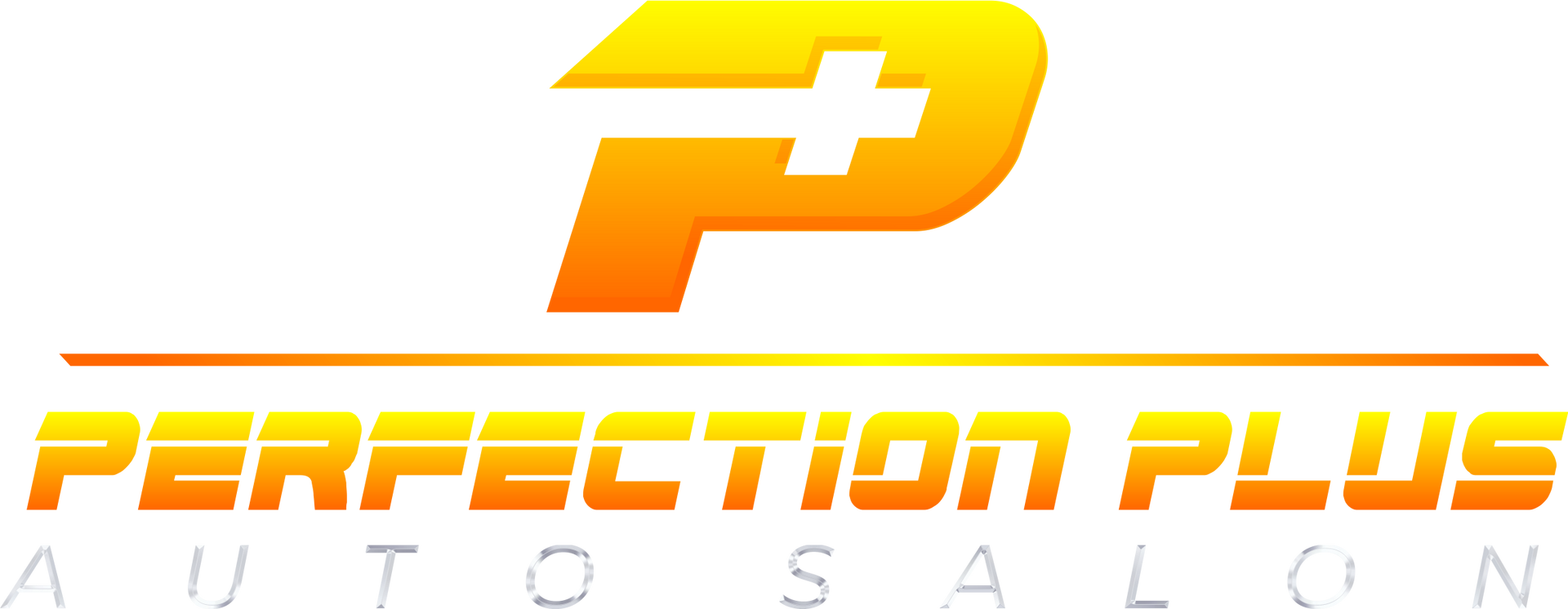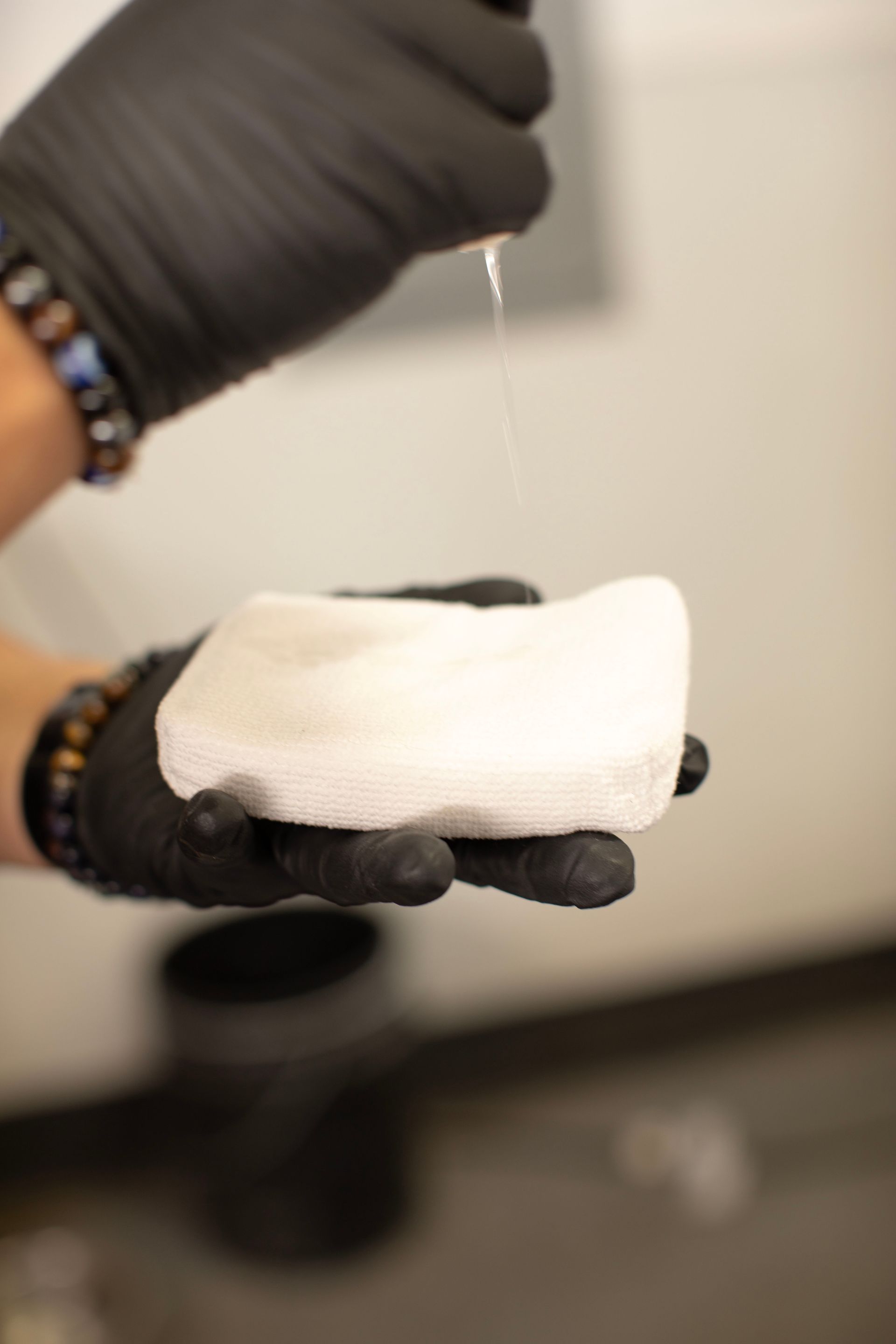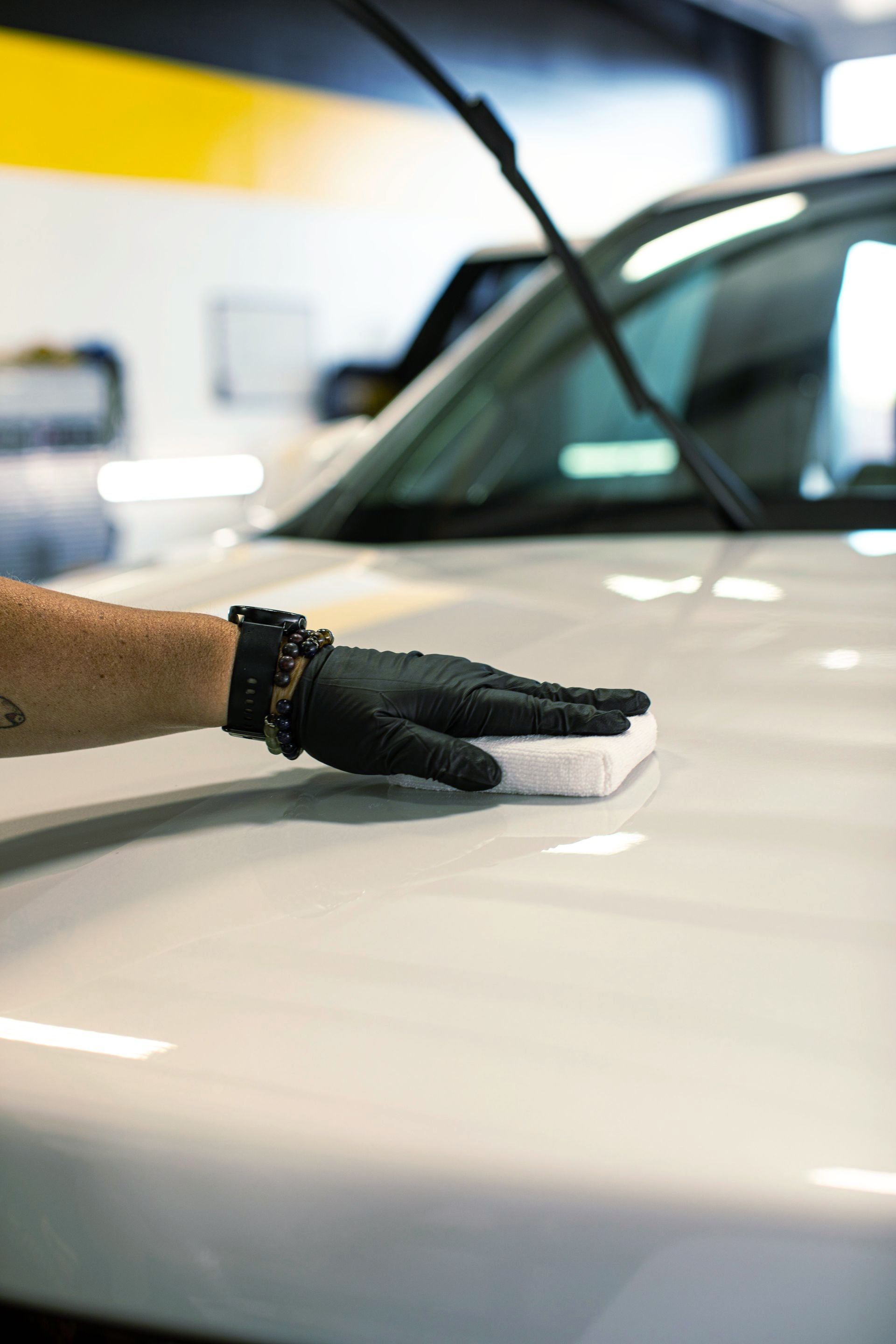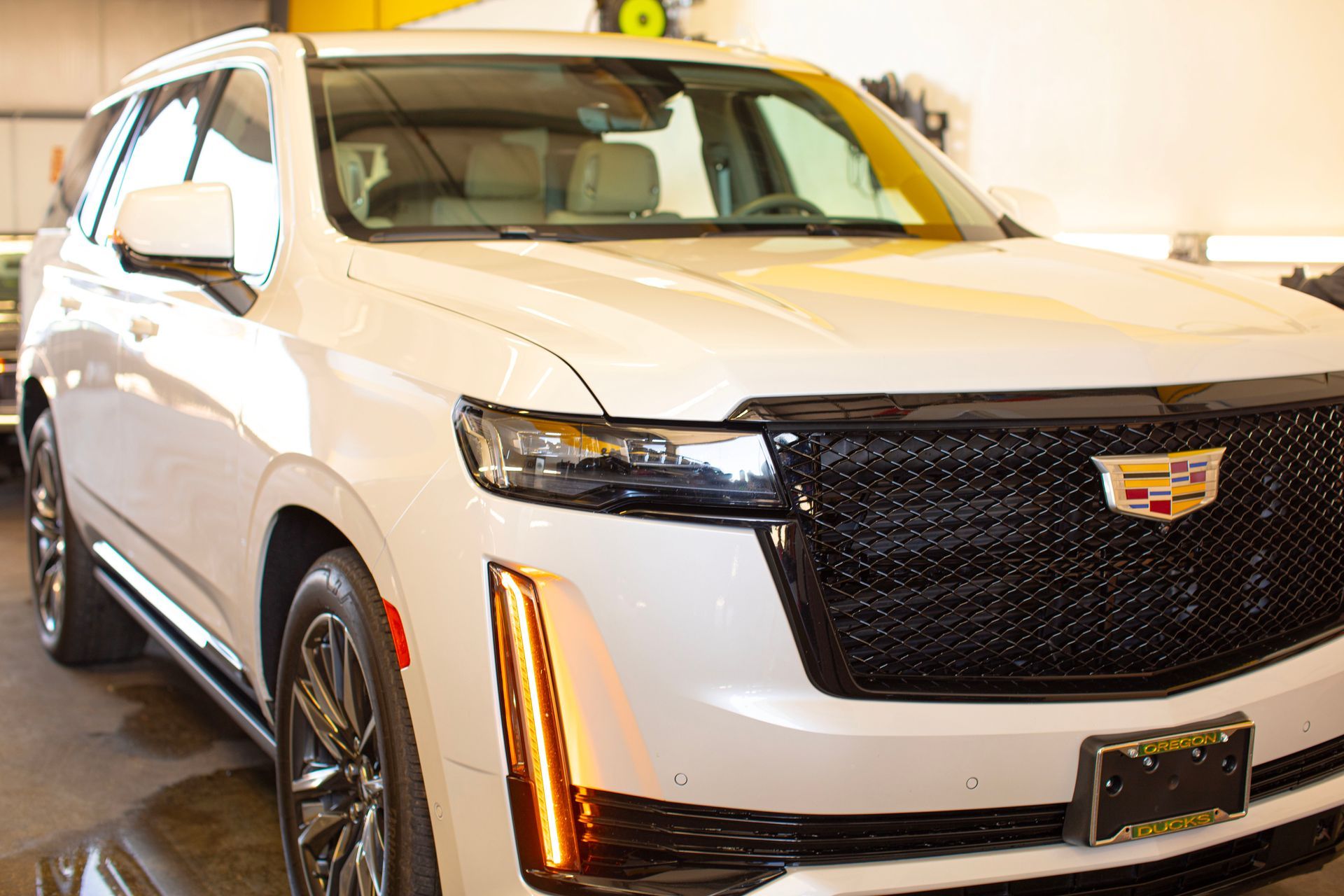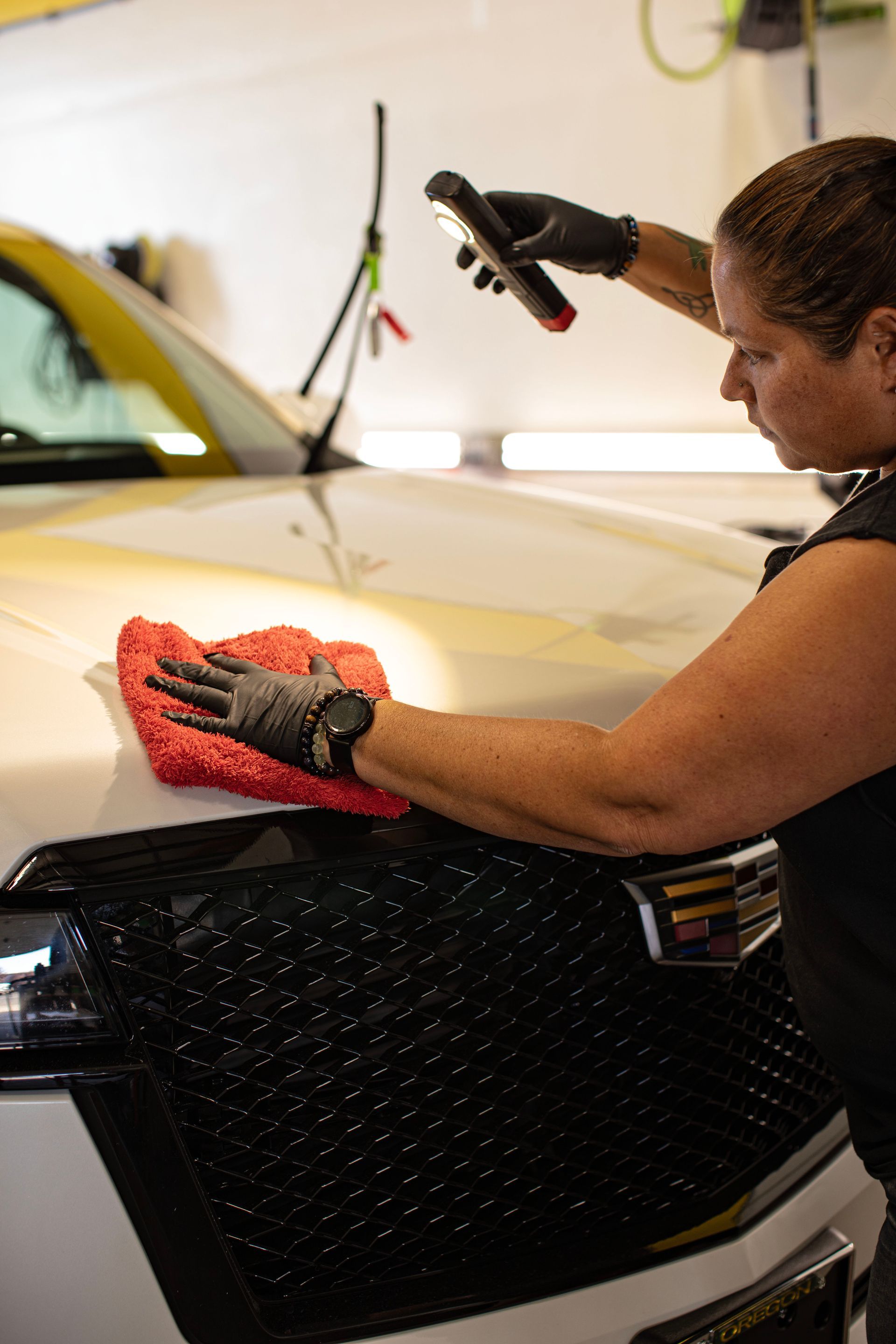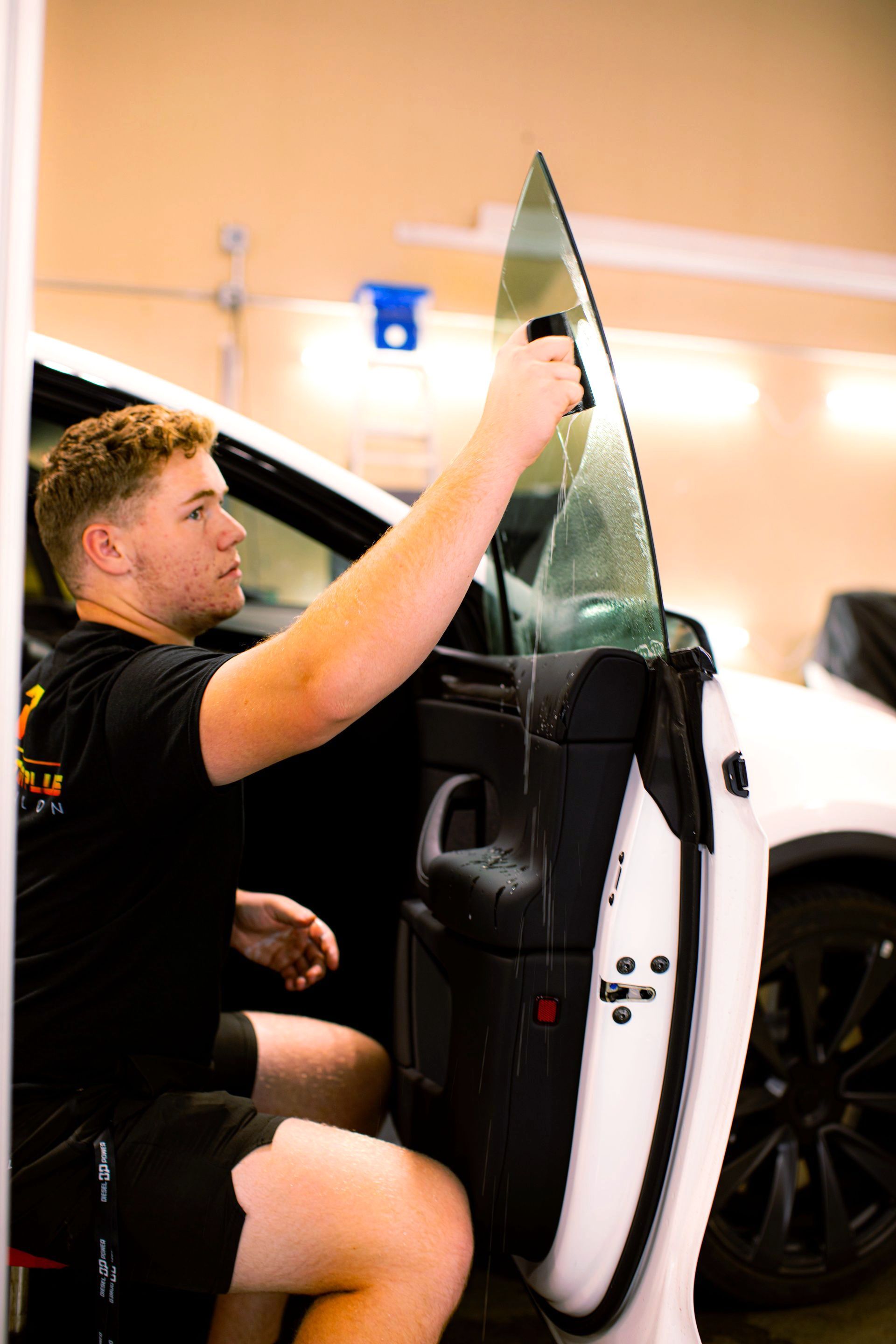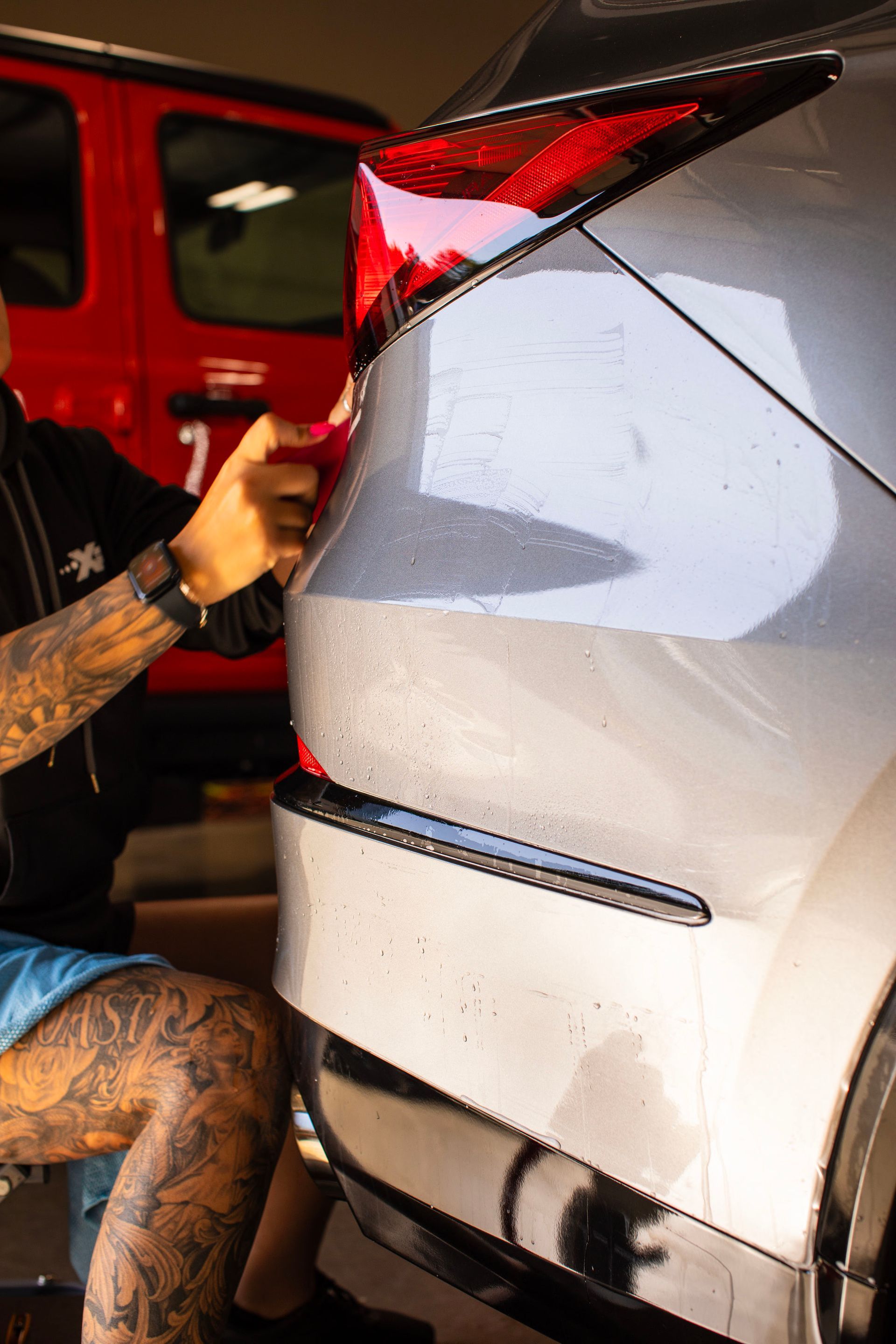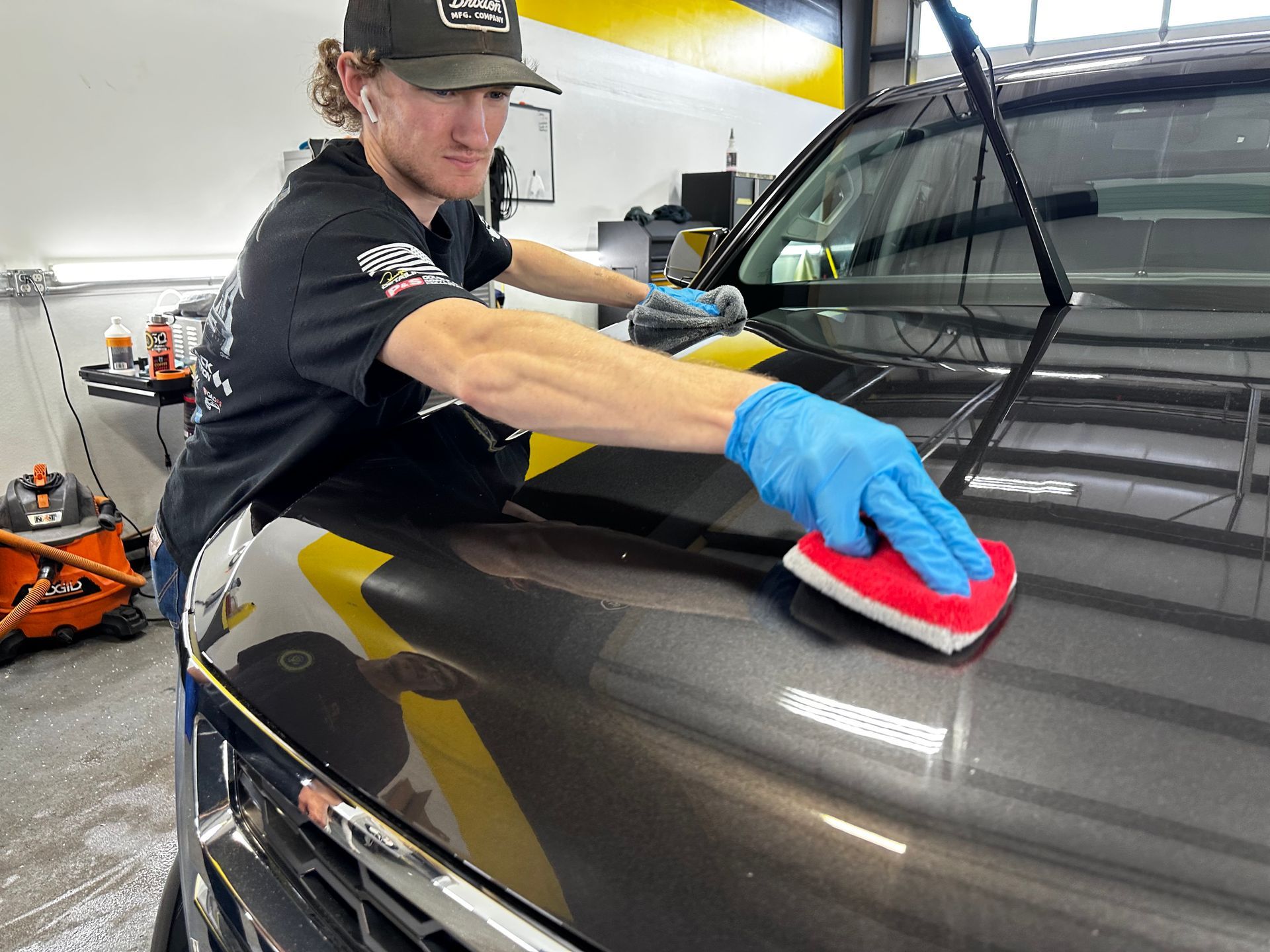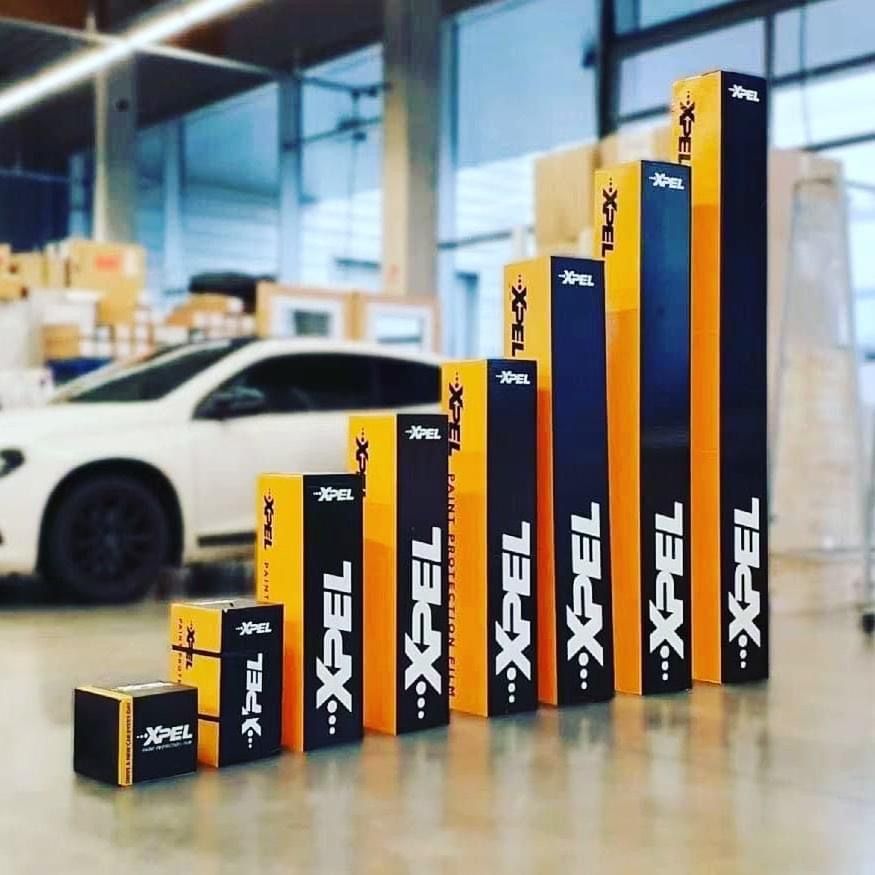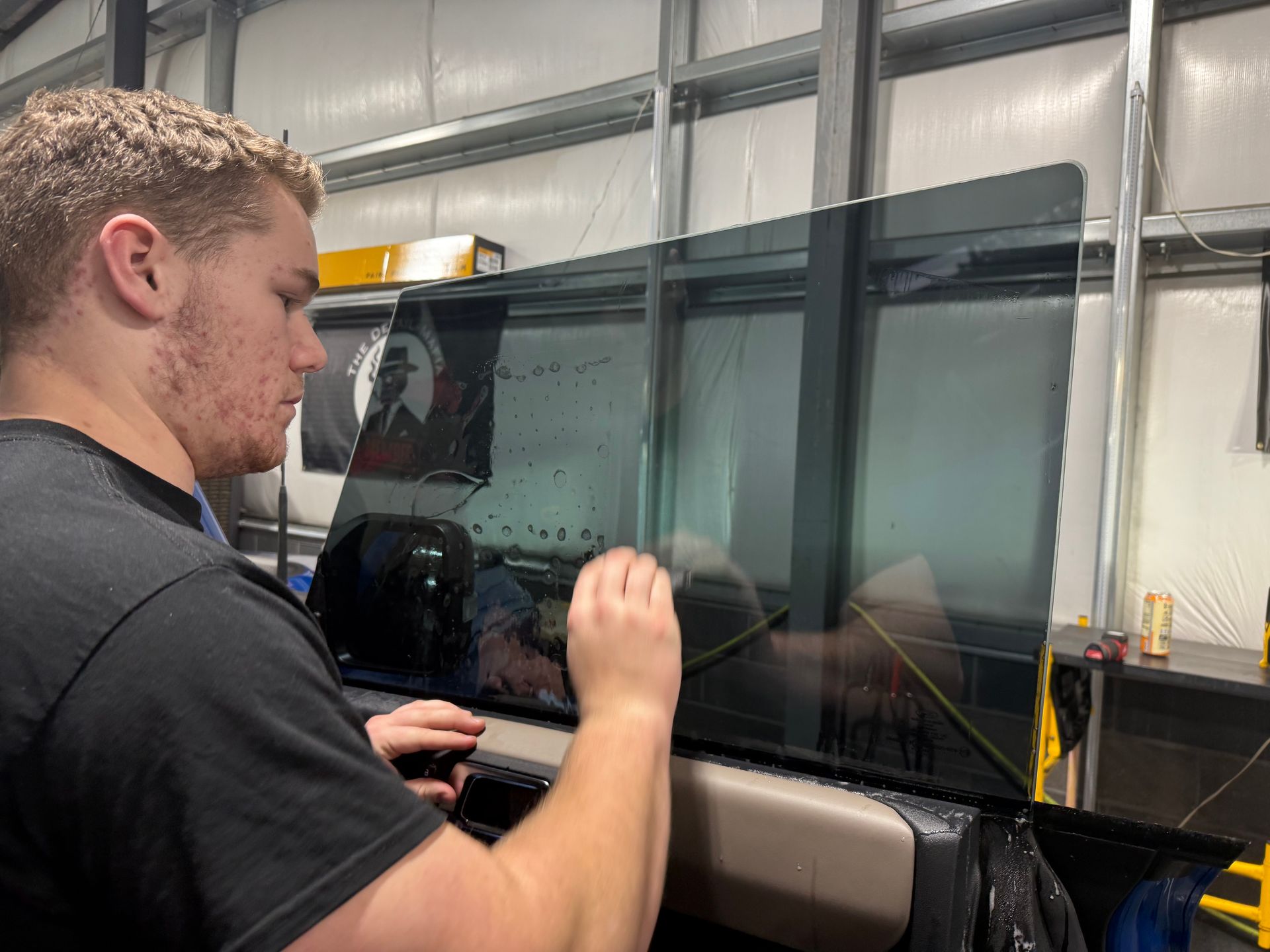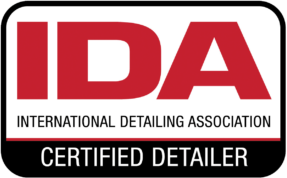Ceramic Coating vs. Traditional Wax: Which Provides Better Paint Protection?
GET A FREE ESTIMATECeramic coating, using advanced nanotechnology, creates a longer-lasting protective layer on your car's paint. In contrast, traditional wax, while offering a temporary shield, requires regular reapplication every few months. However, it's essential to note that although ceramic coating may appear as an ultimate solution, both options have their own unique advantages.
When comparing ceramic coating and traditional wax, ceramic coating offers superior durability and long-lasting protection against environmental elements such as UV rays and water spots. However, traditional wax may provide a deeper gloss and can be more cost-effective for short-term solutions. Consider your specific needs and maintenance preferences when deciding between these two options.
Comparing Ceramic Coating and Traditional Wax
When it comes to protecting your car's paint, the choice between ceramic coatings and traditional wax is crucial. Ceramic coatings utilize nanotechnology to establish a semi-permanent layer that chemically bonds with the car's surface, providing enduring protection against environmental elements and UV damage. Imagine this: ceramic coatings act as an impenetrable shield, repelling water, preventing water spots, resisting soils, and offering robust UV protection. The molecular structure of ceramic coatings creates a formidable bond with your car's paint, making them incredibly durable. This robust resistance to external factors ensures the longevity of the paint and reduces the need for frequent maintenance.
On the other hand, traditional carnauba wax offers a temporary shield from environmental elements. It gives the car a beautiful shine and protects it for a few months but it requires reapplication every few months to maintain its effectiveness. Wax may wear off more quickly due to exposure to UV rays, water, and pollutants, necessitating regular upkeep and reapplication to uphold its protective qualities. This sharp contrast in longevity and ease of maintenance sets the stage for an important consideration when choosing between the two options for paint protection. The convenience of longer-lasting protection versus regular application becomes a significant factor for many car owners.
Appearance and UV Protection
When it comes to safeguarding your car's paint from the harsh effects of sunlight, both ceramic coating and traditional wax act as protectors for your vehicle. However, the level of protection they afford against UV rays varies significantly.
UV Protection: A Shield Against Fading
Ceramic coatings are formulated with advanced technology that provides exceptional UV resistance. This high-quality safeguard effectively prevents the sun's harmful rays from penetrating the paint and causing it to fade. The chemical properties in ceramic coatings create a durable barrier against UV damage, preserving the rich, vibrant color of your car's paint job. Conversely, while traditional wax can enhance your car's aesthetics with a deep, warm shine, it may not offer the same level of UV resistance as ceramic coatings. Over time, exposure to sunlight can lead to paint damage and gradual color fading, especially in regions with intense sun exposure.
Appearance and Shine
In terms of appearance, ceramic coatings provide a glossy finish that enhances the depth and vibrancy of the paint, keeping the car looking fresh and vibrant for an extended period of time. Similarly, traditional wax provides a good initial shine but may not match the depth and gloss achieved with ceramic coating. Its warm, lustrous finish adds an elegant touch to the car's exterior, but it may require more frequent application to maintain its appearance due to its shorter longevity compared to ceramic coatings. It's vital to note that while traditional wax can provide a good initial shine, it may not offer the lasting protection against UV rays that ceramic coatings do.
Let's put this into perspective. Imagine you have two cars side by side, both with beautifully polished surfaces. A ceramic coating protects one, ensuring continued luster and vibrant color. The other is coated with traditional wax, offering an initial shine but lacking extended defense against fading. As time passes and they face exposure to sunlight, the difference becomes increasingly apparent. The ceramic-coated car maintains its radiant hue, while the wax-treated one begins to show signs of dulling and color alteration due to UV damage.
Durability and Hazard Resistance
When it comes to preserving the luster of your vehicle's paint job, durability is a crucial factor. Ceramic coatings are celebrated for their exceptional longevity, often outshining traditional wax in this regard. Ceramic coatings typically last 2-5 years and offer a strong defense against the elements, shielding your car's paint from deterioration due to exposure to the sun, rain, pollutants, and other environmental dangers.
In contrast, traditional wax products, while capable of delivering a good gloss and shine to the paint, lack the same level of protection against chemical stains and contaminants as ceramic coatings. As a result, their lifespan usually falls between 1-3 months, necessitating more frequent reapplications to maintain the same level of protection. This difference in durability between ceramic coatings and traditional wax has been validated through rigorous real-world comparisons and tests. These comparative demonstrations vividly illustrate how ceramic coatings stand strong in the face of environmental stressors, offering a robust defense even in the harshest conditions.
It's important to recognize that the durability of these protective products directly impacts the level of paint protection provided for your vehicle. Where traditional wax may require regular reapplication to uphold its protective properties, ceramic coatings offer an enduring layer of defense that maintains its strength for an extended period of time. Imagine a car bearing traditional wax being subjected to intense sunlight over several weeks versus one treated with a ceramic coating. The difference begins to emerge as environmental factors take their toll, with ceramic-coated cars displaying sustained resistance to oxidation, UV damage, and chemical stains. This resilience mitigates the need for frequent reapplications, saving both time and effort on long-term maintenance.
In essence, the enhanced durability and hazard resistance offered by ceramic coatings not only contribute to prolonged protection for your vehicle's paint but also streamline maintenance efforts, underscoring their value as a long-term investment in preserving the beauty and integrity of your car's exterior.
Cost and Environmental Factors
When deciding between ceramic coatings and traditional wax, cost is a critical factor to consider. Ceramic coatings generally entail a higher initial cost due to the advanced technology involved and the meticulous application process. Conversely, traditional wax is more budget-friendly upfront, making it an appealing option for those seeking to save on immediate costs. However, while traditional wax may appear more affordable initially, it often requires frequent reapplication to maintain its protective properties. This means that the long-term cost of regularly reapplying wax can add up, making it more expensive over time than investing in a ceramic coating that provides extended protection with less need for reapplication.
Moreover, ceramic coatings are considered environmentally friendly due to their longevity and reduced need for frequent reapplications. Unlike traditional wax, which requires regular reapplication, leading to resource waste, ceramic coatings offer prolonged protection with minimal intervention. This reduces the overall waste generated from product usage and application processes. The longevity of ceramic coatings not only contributes to environmental sustainability but also minimizes the need for raw material extraction and production associated with manufacturing frequent batches of traditional wax products.
By opting for ceramic coatings, you're not only ensuring long-term cost-effectiveness but also actively reducing environmental impact through reduced material consumption and waste generation. Understanding the dynamics of cost and environmental factors between ceramic coatings and traditional wax assists in making well-informed decisions regarding paint protection for your vehicle or other applications.
Tools and Ease of Application
When it comes to applying traditional wax, it's often a familiar sight to see car enthusiasts setting up in their garage, equipped with foam applicator pads, microfiber towels, and gloves. The process typically involves thoroughly washing and drying the car, followed by spreading wax evenly, allowing it to haze, and then buffing it off. It can take a few hours for a full application. On the other hand, ceramic coatings call for some additional tools, such as microfiber applicator pads, suede or microfiber cloths, and gloves. The process itself might seem more daunting due to the meticulous preparation involved. The surface has to be perfectly clean and free from any imperfections before the coating is applied. A professional ceramic coating is recommended.
Longevity and Maintenance Requirements
When it comes to protecting your car's paint, you want a solution that lasts and is easy to maintain. Ceramic coatings are indeed the winner in terms of longevity. Once applied correctly, they can last for 2 to 5 years with proper maintenance, establishing a robust shield against environmental contaminants and harsh UV rays. This durability means less frequent reapplication compared to traditional waxes, making them a convenient choice for car owners who value long-term protection.
The low maintenance requirements of ceramic coatings add another layer of appeal. Regular upkeep simply involves monthly hand washing using a soft hand wash or touchless wash method to remove surface-level dirt. On the other hand, traditional wax typically lasts only 1 to 3 months before requiring frequent reapplication to maintain its protective layer. This means a greater investment of time and effort since you would need to apply wax every few months to ensure consistent protection. The risk of environmental contaminants and UV rays compromising the paintwork is comparatively higher with traditional wax due to its shorter lifespan.
Imagine choosing between a plant that needs constant watering versus one that only requires occasional care—ceramic coatings are like the latter, offering long-term benefits with minimal effort, while traditional wax demands regular attention for similar protection. The cost aspect also ties into this equation. While the initial application cost of ceramic coatings can be on the higher side, their long-lasting nature ultimately translates into better value over time due to reduced reapplication needs. Conversely, traditional wax may seem more cost-effective upfront, but when you factor in the frequency of reapplication and associated labor, the long-term expenses can accumulate significantly.
In understanding the longevity and maintenance requirements of ceramic coatings and traditional wax, it becomes clear that while ceramic coatings demand a higher initial investment, their lasting protection and minimal upkeep make them a financially savvy and practical choice for maintaining your car's paint finish in pristine condition. In conclusion, investing in a durable protective solution like ceramic coating proves to be a wise choice for car owners seeking long-lasting paint protection with minimal maintenance requirements.
Top Ceramic Coating Service in Redmond, OR
Protect and enhance your vehicle with Perfection Plus Auto Salon's
premium-quality ceramic coating service in Redmond, OR! Our advanced ceramic coating offers long-lasting protection against UV rays, dirt, and contaminants while providing a stunning, glossy finish. Our skilled technicians ensure a flawless application, resulting in a hydrophobic surface that makes maintenance a breeze. Preserve your car's showroom shine and add a layer of durable defense against the elements. Visit Perfection Plus Auto Salon today to experience the benefits of our top-tier ceramic coating. Schedule your appointment now and give your vehicle the superior care it deserves! Call us at
(541) 598-6193 to get started!
